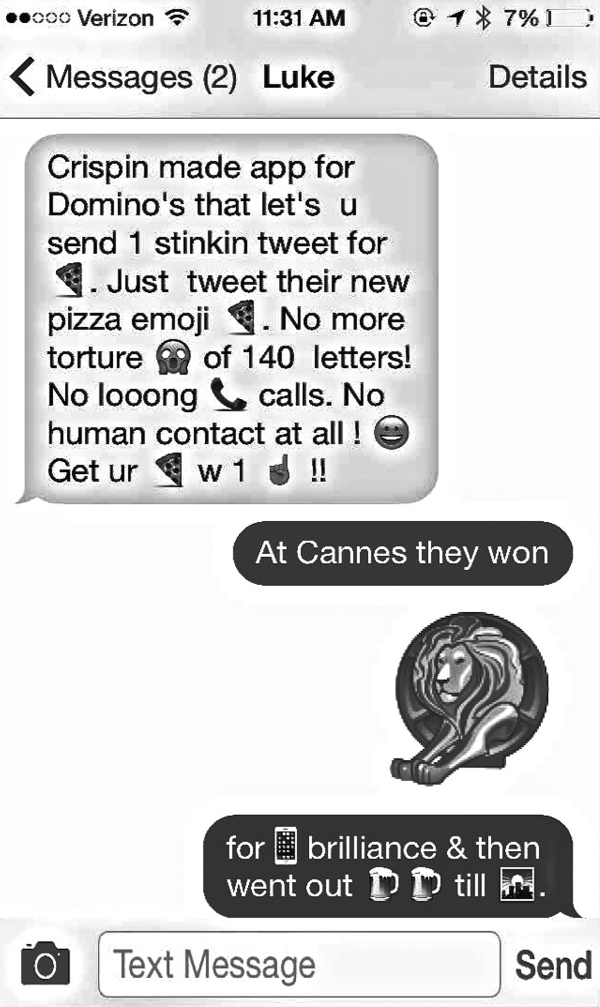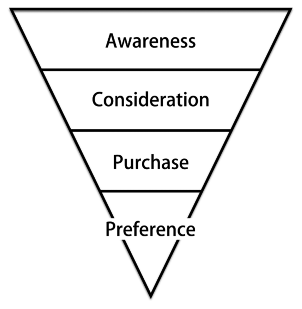
Figure 14.1 Domino's customers text, tweet, and send emojis. So Domino's made Pizza Emojis to go where their customers are—mobile.
14How Customers become Customers in the Digital AgeBe Findable, Be Present, Be Everywhere
You've probably seen this diagram before (Figure 14.2). If you haven't, it's a “purchase funnel.” For years it's been the go-to visualization for how people moved from no brand awareness to consideration and finally to purchase.
Advertising worked primarily at the top of the funnel to generate awareness and building brand recognition. In-store sales help, point-of-purchase and, of course, recommendations from friends would inform consideration and close the deal. If everything aligned just right, reinforcing both emotional and rational purchase criteria, someone might buy your car or beer or widget or whatever else you were selling.

Figure 14.2 The old version of the purchase funnel vs. the new. In the digital age, the path from awareness to purchase is neither smooth nor linear.
The problem with the purchase funnel today is that the buying process is no longer this linear. Paid advertising isn't necessarily the first thing someone sees. The side view of the funnel leads you to assume that it's a smooth slide down from top to bottom. But if we could somehow ...
Get Hey, Whipple, Squeeze This now with the O’Reilly learning platform.
O’Reilly members experience books, live events, courses curated by job role, and more from O’Reilly and nearly 200 top publishers.

